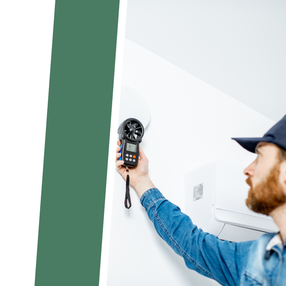THE NEED FOR CLEAN AIR IN OUR HOMES SHOULD NOT BE UNDERESTIMATED
|
We spend an average of 90% of our time inside; and our homes contain many substances that may be
hazardous to our health. Indoor air pollutants range from minor irritants such as dust and animal dander, to major irritants such as molds and chemical vapours that may be emitted from building materials and furnishings. It is important to be aware of how air contaminants can affect our health and to adopt corrective measures that will improve indoor air quality in our homes. |
There are numerous contaminants that are of concern when evaluating indoor air quality.
|
Some of the common indoor air contaminants, and their main sources, include the following:
|
It is common for people to report one or more of the following symptoms:
|
We have the expertise to conduct comprehensive indoor air quality assessments to assist our clients in having a healthy living environment.
Key Links
|
Services We Provide
|
|

